
Last Updated At: 31-Jan-2025
Explore Highest Mountain Peaks In The World
Have you ever dreamed of standing above the world, surrounded by stunning views stretching for miles? This guide is here for exactly that - to help you turn those dreams into reality. Climbing mountain peaks is an adventure that offers more than just a physical challenge; it's a journey that connects you with the raw beauty of nature.
Mountains like Everest, Kilimanjaro, and Fuji are not just names; they are destinations where you can push your limits and discover serene landscapes. Tourists flock to these famous peaks for the thrill and the peace they find there. With thousands of peaks around the globe, each climb brings its own set of memories and lessons. This beginner's guide will walk you through the essentials, making your first step towards the peaks as exciting as reaching the summit. Let's start this journey together and uncover the wonders of climbing the world's most awe-inspiring mountains!
List Of The World's Tallest Mountain Peaks
The globe has awe-inspiring peaks, each with unique stories and challenges. Here, we delve into the majesty and mystique of the world's tallest mountains, revered for their towering presence and the tales of the human spirit they embody.
1. Mount Everest: The Ultimate Summit
Mount Everest stands as the pinnacle of earthly heights, a beacon for adventurers seeking the ultimate challenge. It's the highest point on Earth and a symbol of human determination. The journey to its summit is fraught with dangerous weather and demanding terrain, making it the ultimate test for seasoned climbers.
- Location: Himalayas, Nepal-China border
- Elevation: 8,848 metres (29,029 feet)
2. K2: The Savage Mountain
K2, known as the "Savage Mountain," holds the reputation for being one of the most challenging peaks to climb. Its steep slopes and unpredictable weather patterns make it a formidable endeavour reserved for the bravest of mountaineers. Despite its dangers, K2's allure remains unmatched for those who dare to face its trials.
- Location: Karakoram Range, Pakistan-China border
- Elevation: 8,611 metres (28,251 feet)
3. Kangchenjunga: The Five Treasures of Snow
Kangchenjunga, meaning "The Five Treasures of Snow," is revered in Hindu and Buddhist cultures. This massive mountain, comprising five peaks, offers climbers a less trodden, serene path than Everest. However, its beauty comes with challenges, including technical climbs and the risk of avalanches, testing the mettle of those who venture into its slopes.
- Location: India-Nepal border
- Elevation: 8,586 metres (28,169 feet)
These colossi are more than just physical entities; they are symbols of the eternal struggle against nature's might and personal limitations. Climbing these mountains is a journey through extreme conditions, requiring physical strength, technical skills, and a resilient spirit. The world's tallest mountain peaks stand as testaments to the indomitable human spirit, offering a blend of breathtaking beauty, life-changing experiences, and the ultimate sense of accomplishment.
Starting Your Ascent: Best Mountain Peaks for Beginners
Begin your adventure not by scaling the giants but by acquainting yourself with friendlier, less rewarding peaks. The best mountain peaks to climb for novices include -
- Kedarkantha, Uttarakhand - A winter wonderland, Kedarkantha is perfect for beginners, offering easy trails and panoramic views. It's a great spot to learn snow trekking.
- Triund, Himachal Pradesh - With breathtaking views of the Kangra Valley and Dhauladhar ranges, Triund offers a gentle trek, ideal for first-timers seeking splendid scenery.
- Nag Tibba, Uttarakhand - Known as the Serpent's Peak, Nag Tibba is a beginner-friendly trek near Mussoorie, offering a mix of easy trails and beautiful forest cover.
- Pangarchulla Peak, Uttarakhand - A bit more challenging, Pangarchulla gives beginners a taste of higher altitudes without the technical complexities, set amidst stunning landscapes.
- Mt. Fuji, Japan - This iconic symbol of Japan offers a relatively easy climb and is perfect for beginners, boasting well-marked trails and rest stations.
- Mt. Toubkal, Morocco - As the highest peak in North Africa, Toubkal provides a challenging yet achievable climb for beginners, set against the stunning Atlas Mountains.
- Mt. Rainier, USA - Offering various routes, this mountain in Washington State is an ideal ground for beginners to experience high-altitude climbing without the technical complexities of the taller giants.
Exploring the World: Famous Mountain Peaks Across the Globe
As you gain experience, your heart might yearn for distant horizons. Famous mountain peaks like the Matterhorn in Switzerland, Aconcagua in Argentina, and Mont Blanc, straddling France and Italy, beckon with their unique landscapes and climbing experiences. Each of these mountains has etched its place in climbing lore, offering routes that range from the moderately challenging to the downright daunting.
| Mountain Peak | Location | Elevation | How to Reach | Best Season for Climbing | Climbing Difficulty |
| Mount Everest | Nepal-China border | 8,849 metres | Fly to Kathmandu, then Lukla; trek | April-May, September-November | Extremely Difficult |
| K2 | Pakistan-China border | 8,611 metres | Fly to Islamabad, then Skardu; trek | June-August | Extremely Difficult |
| Kangchenjunga | India-Nepal border | 8,586 metres | Fly to Bagdogra, then drive; trek | April-May, September-October | Extremely Difficult |
| Kedarkantha | Uttarakhand, India | 3,850 metres | Drive to Sankri from Dehradun; trek | December-April | Moderate |
| Triund | Himachal Pradesh, India | 2,850 metres | Drive or bus to McLeod Ganj; trek | March-June, September-November | Easy |
| Nag Tibba | Uttarakhand, India | 3,022 metres | Drive to Pantwari from Mussoorie; trek | October-June | Easy |
| Pangarchulla Peak | Uttarakhand, India | 4,700 metres | Drive to Joshimath; trek | April-June | Moderate |
| Mt. Fuji | Japan | 3,776 metres | Bus or train from Tokyo; climb | July-August | Moderate |
| Mt. Toubkal | Morocco | 4,167 metres | Drive to Imlil from Marrakech; trek | May-September | Moderate |
| Mt. Rainier | Washington State, USA | 4,392 metres | Drive from Seattle; climb | July-August | Difficult |
Adventure lies not just in distant lands but also within your reach. Start by exploring "mountain peaks near me" to discover local treasures. For example, the Adirondack Mountains in New York offer numerous peaks for all skill levels, while the Scottish Highlands present unique climbing experiences with their rugged beauty. These local climbs provide the perfect playground for honing your skills and building your confidence.
Scaling New Heights: Understanding Mountain Peaks Elevation
Elevation plays a critical role in mountaineering. It affects not just the difficulty and duration of your climb but also your body's reaction to the thinner air. Peaks like Colorado's Fourteeners—mountains with elevations exceeding 14,000 feet—serve as excellent training grounds for aspiring climbers, offering a taste of high-altitude conditions without the extremities of the world's tallest peaks.
Mastering the Climb: Tips for Climbing Mountain Peaks
Climbing a journey requires more than just physical readiness; it demands preparation, knowledge, and respect for the mountains. Here are essential tips to guide your ascent -
- Physical Preparation - Start with cardiovascular training, strength training, and regular hiking to build your stamina and adapt your body to varied terrains.
- Gear Essentials - Invest in quality climbing boots, weather-appropriate clothing, a reliable backpack, and necessary safety gear like helmets and harnesses.
- Climbing Wisdom - Educate yourself about the mountain’s routes, weather conditions, and potential hazards. Knowledge is as crucial as physical strength in the mountains.
- Safety in Numbers - Climb with experienced companions or hire a professional guide, especially when tackling unfamiliar or challenging terrain.
- Weather Watch - Always respect the mountain’s weather, which can change from serene to stormy in moments. Be prepared to turn back if conditions worsen.
With knowledge as your map and determination as your compass, the path to conquering mountain peaks unfolds before you. Start with smaller, manageable climbs and gradually challenge yourself with higher elevations and more complex routes. Remember, every mountaineer's journey is unique—filled with personal trials, triumphs, and the indescribable joy of reaching new summits.
Conclusion: The Call of the Peaks
The journey to conquering mountain peaks is as much about discovering the vastness of nature as it is about understanding your own inner strength. Whether it's the famous peaks that echo through climbing history or the silent sentinels near your home, each mountain offers a unique story waiting to be lived.
So gear up, set forth with a heart full of adventure, and embrace the journey to the heights. The mountains call, and it's time to answer. Remember, it's not just about the summit; it's about the climb, the camaraderie, the challenges, and the sheer beauty of believing in the impossible. Happy climbing!
Plan your trip with Adotrip today. Enjoy a wealth of information, end-to-end travel assistance and BOOK Flights, Hotels, and Tour Packages under one roof.
With Adotrip, nothing is far!
Frequently Asked Questions
Q1. What is the highest mountain peak in the world?
A1. The highest mountain peak in the world is Mount Everest, located on the border between Nepal and the Tibet Autonomous Region of China. It stands at a staggering height of 8,848 metres (29,029 feet) above sea level.
Q2. How are mountain peaks formed?
A2. Mountain peaks are formed through tectonic forces and erosion. The most common process is the collision of continental plates, which pushes the earth's crust upward to form mountains. Over time, erosion caused by weather and rivers shapes these mountains into distinct peaks.
Q3. What are some famous mountain peaks for trekking?
A3. Some famous mountain peaks for trekking include -
- Kilimanjaro in Tanzania: Africa's highest peak and one of the Seven Summits.
- Mont Blanc in the Alps: Europe's highest peak, bordering France and Italy.
- Annapurna in Nepal: Known for its beautiful treks and cultural experiences.
- Torres del Paine in Chile: Known for its breathtaking scenery and trails.
Q4. What equipment is needed for climbing mountain peaks?
Q4. Essential equipment for climbing mountain peaks includes:
- Climbing boots and warm clothing suitable for harsh conditions.
- Technical gear like harnesses, ropes, carabiners, and ice axes.
- Navigation tools such as maps, compass, and GPS devices.
- Safety equipment like helmets, headlamps, and avalanche transceivers.
- Camping gear for multi-day climbs, including tents, sleeping bags, and stoves.
Q5. How dangerous is it to climb mountain peaks?
A5. Climbing mountain peaks can be extremely dangerous due to risks like avalanches, falls, extreme weather, altitude sickness, and crevasses. The danger level varies with the mountain's height, weather conditions, and the climber's experience and preparedness. Proper training, equipment, and guidance significantly reduce risks.
--- Published By Adotrip
Latest Blogs

Long Weekends In India 2025 - List of Holidays

Kazakhstan Travel Guide 2025: Affordable Luxury, Visa Free E...

Think Ayodhya is Just Temples? Discover Its Hidden Artistic...

Why Azerbaijan is the Best Budget Friendly Alternative to Sw...
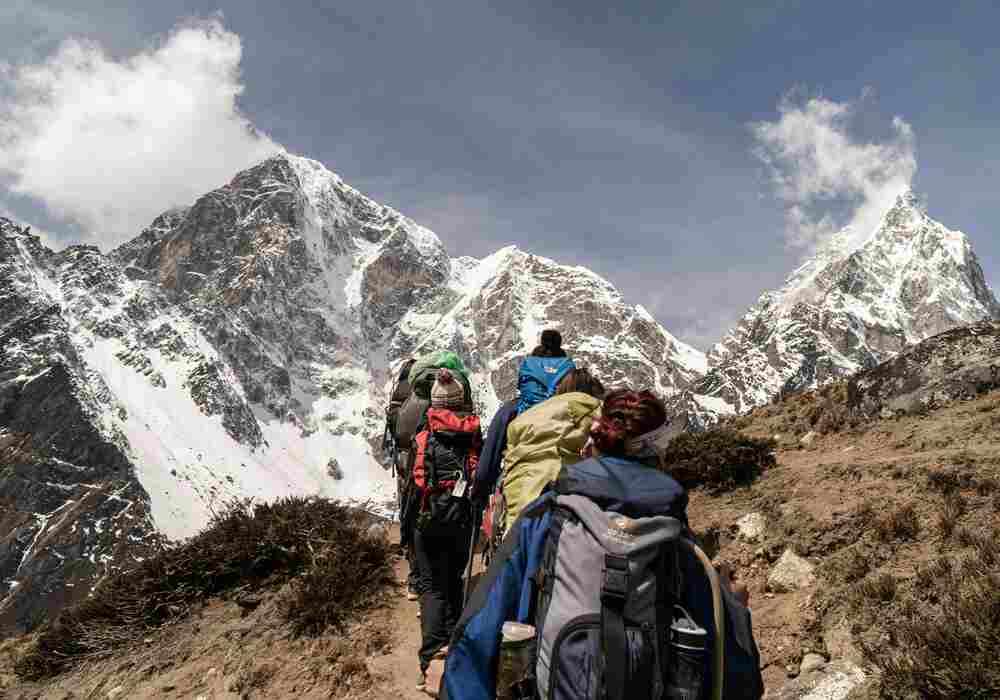




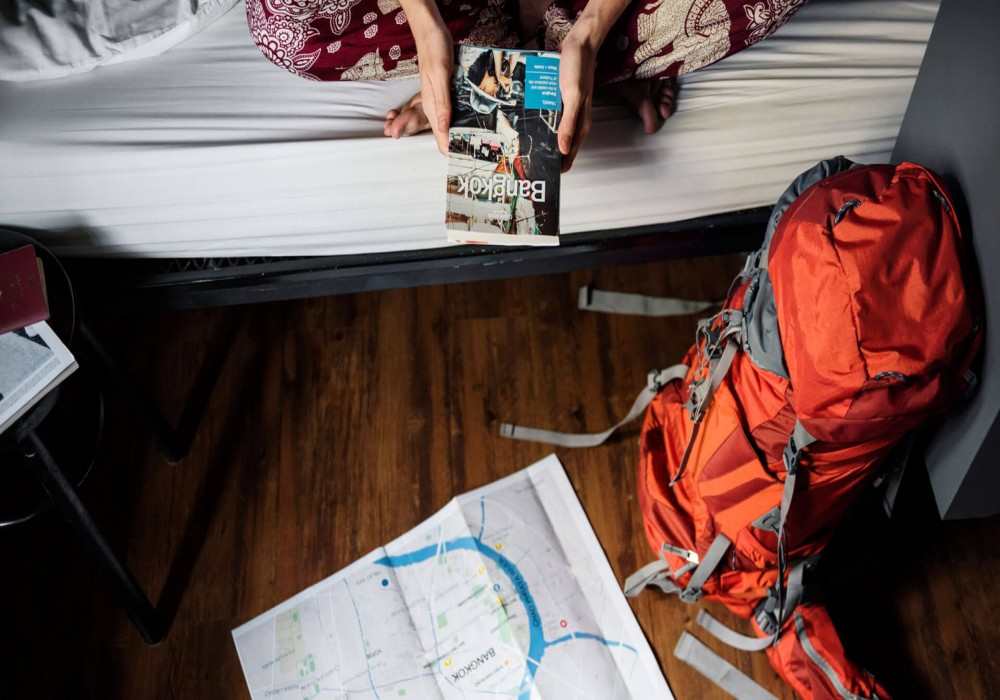
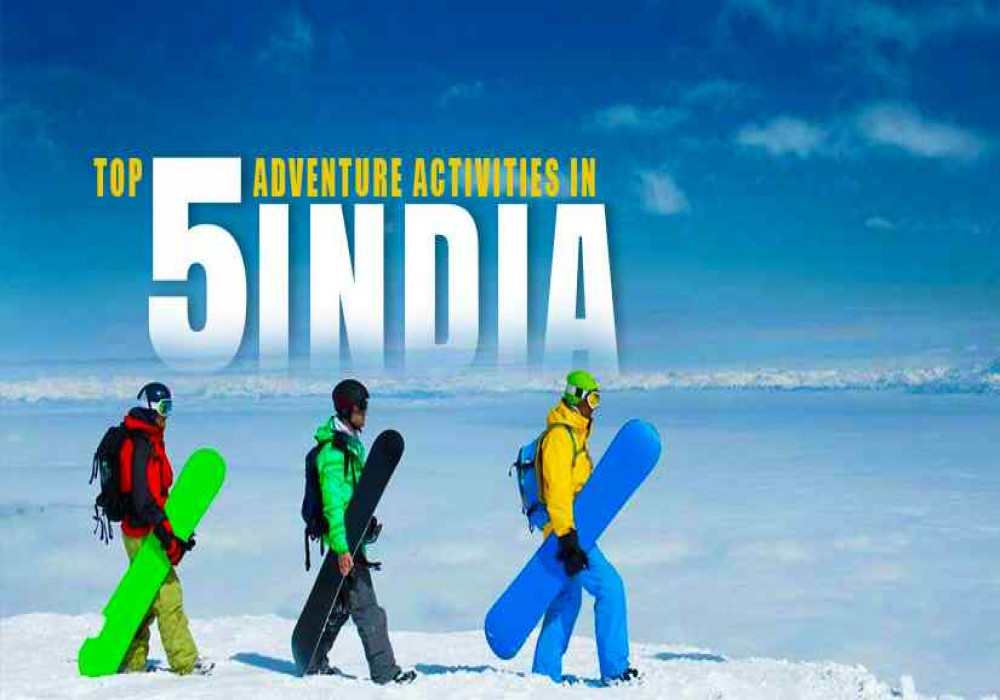
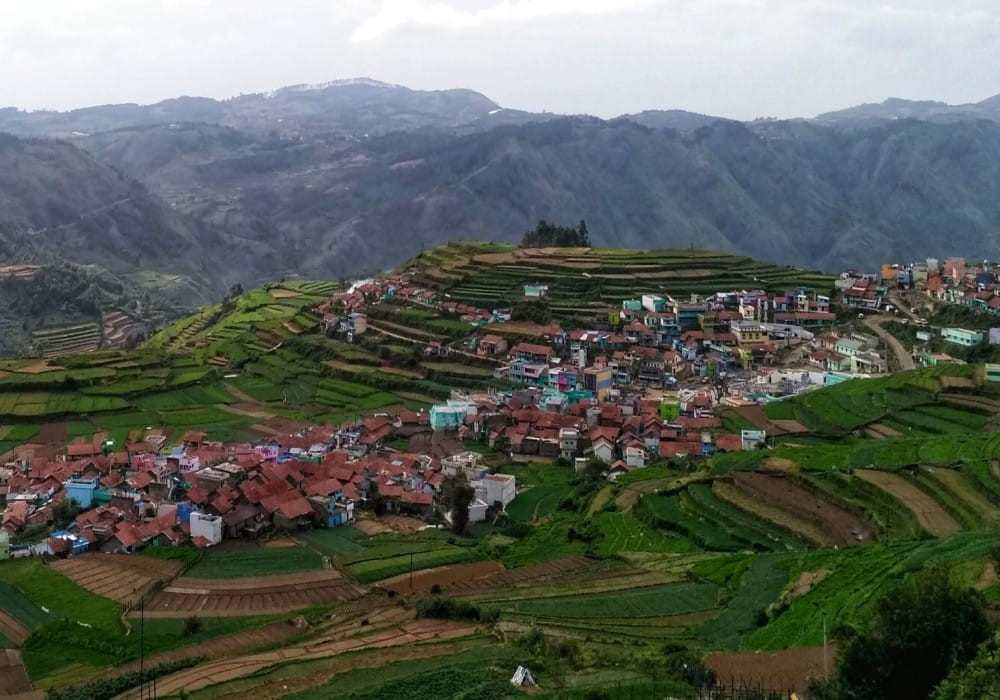
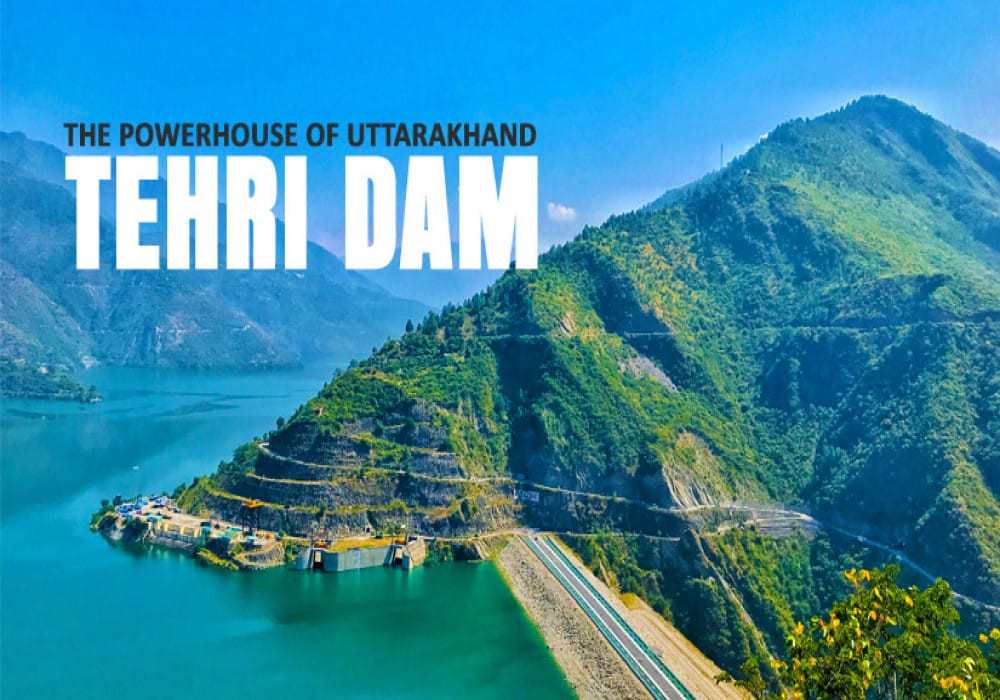

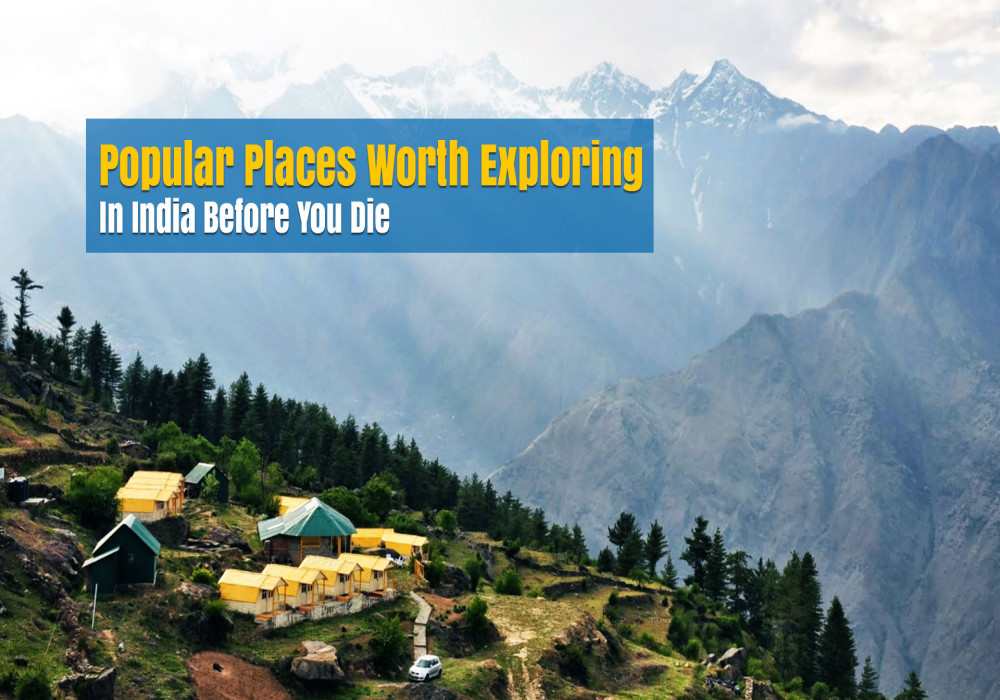
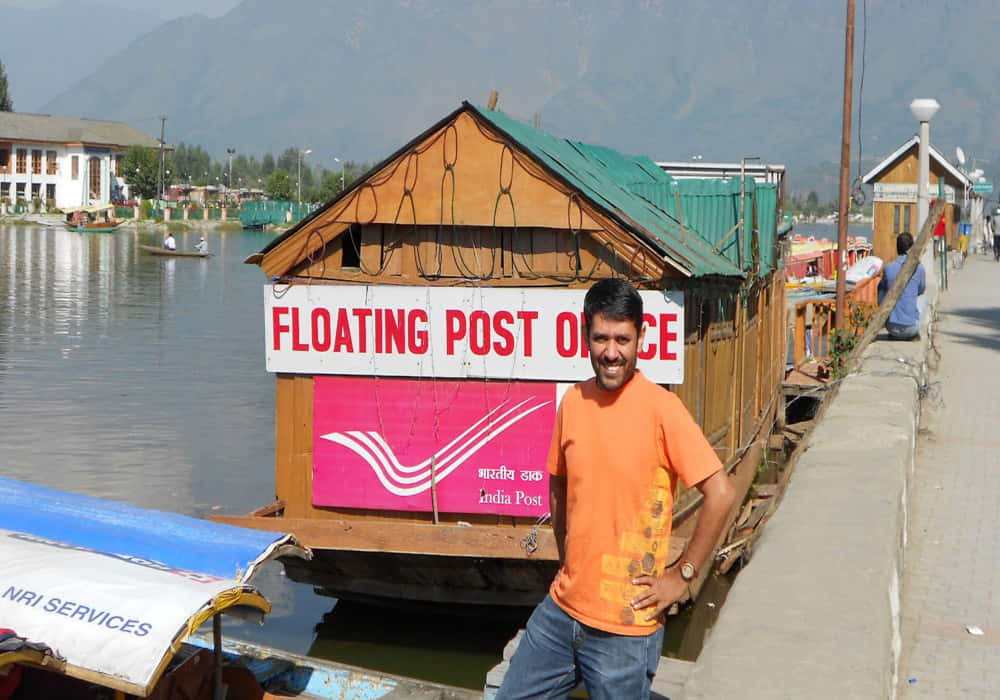
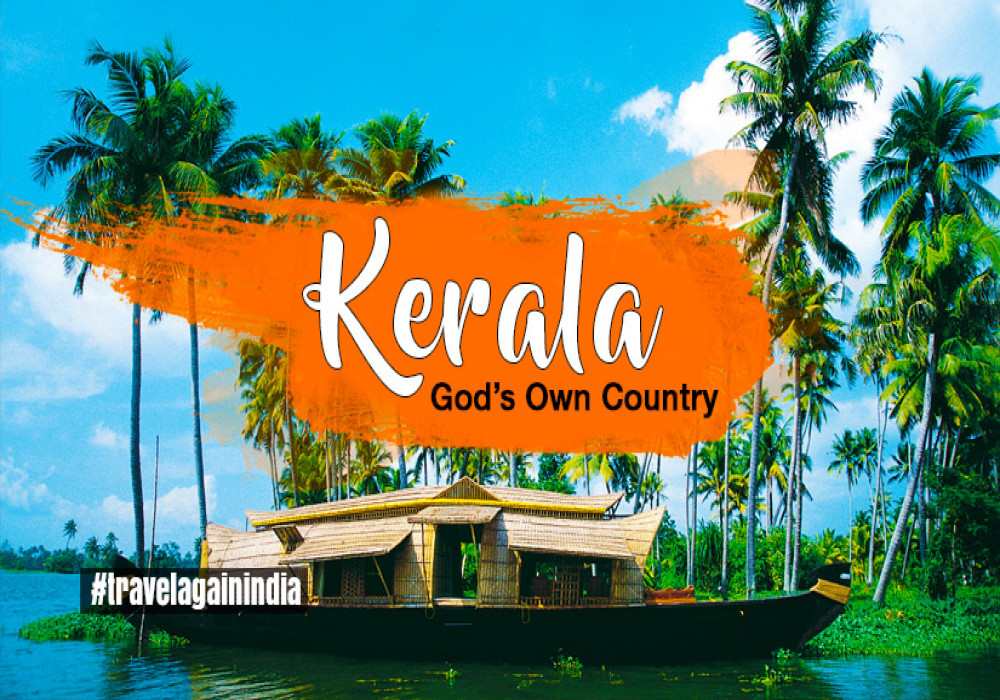
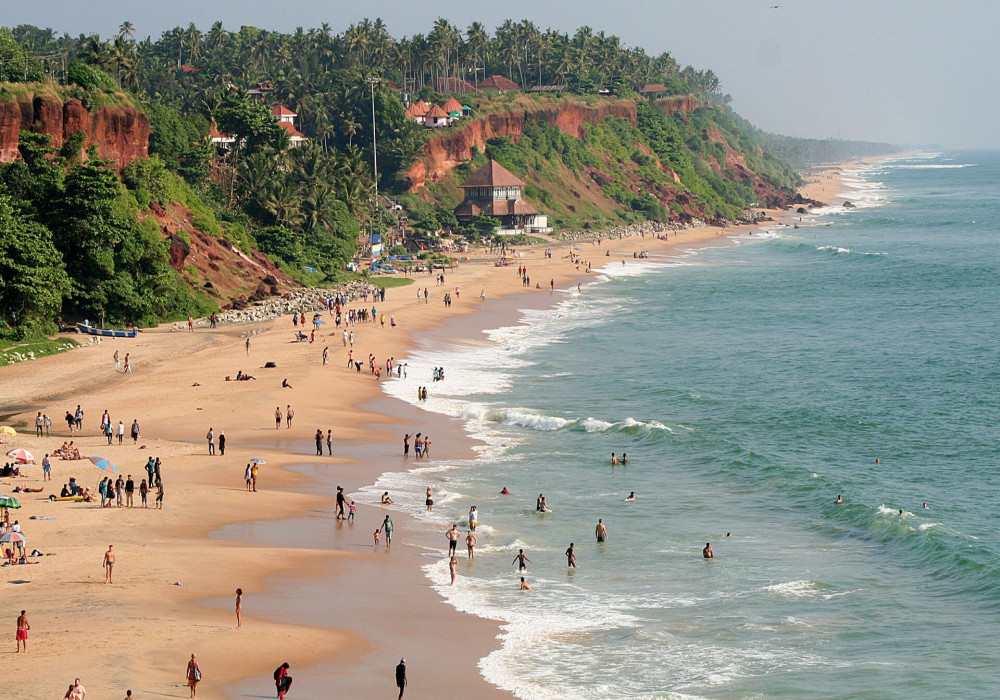
 Dubai
Dubai Malaysia
Malaysia USA
USA





